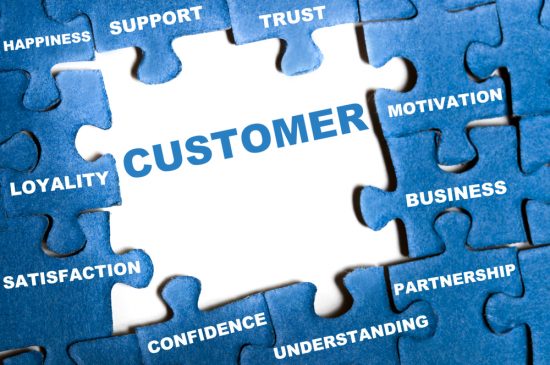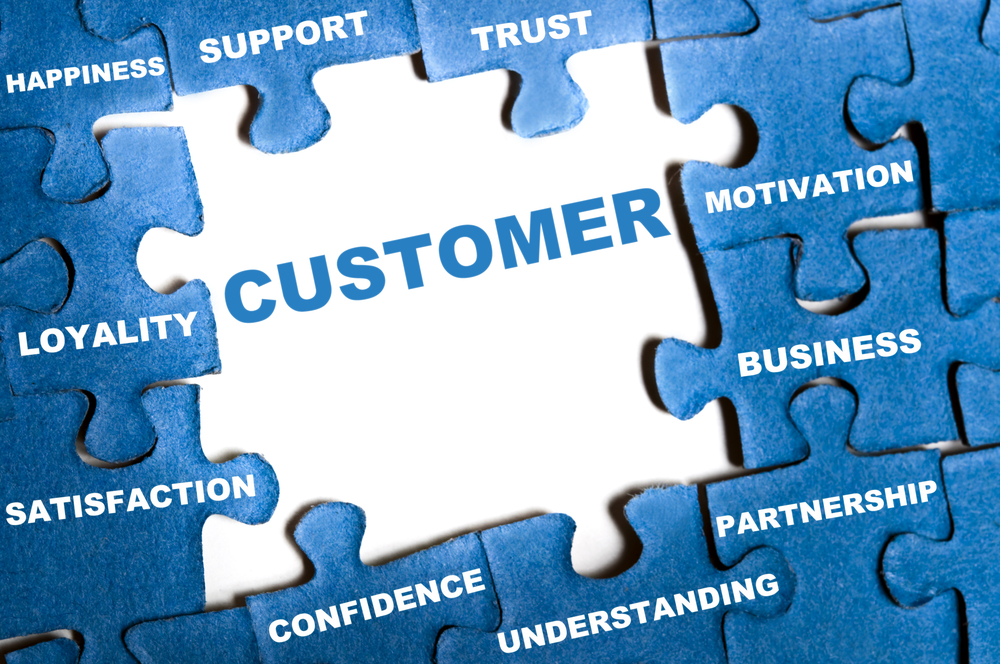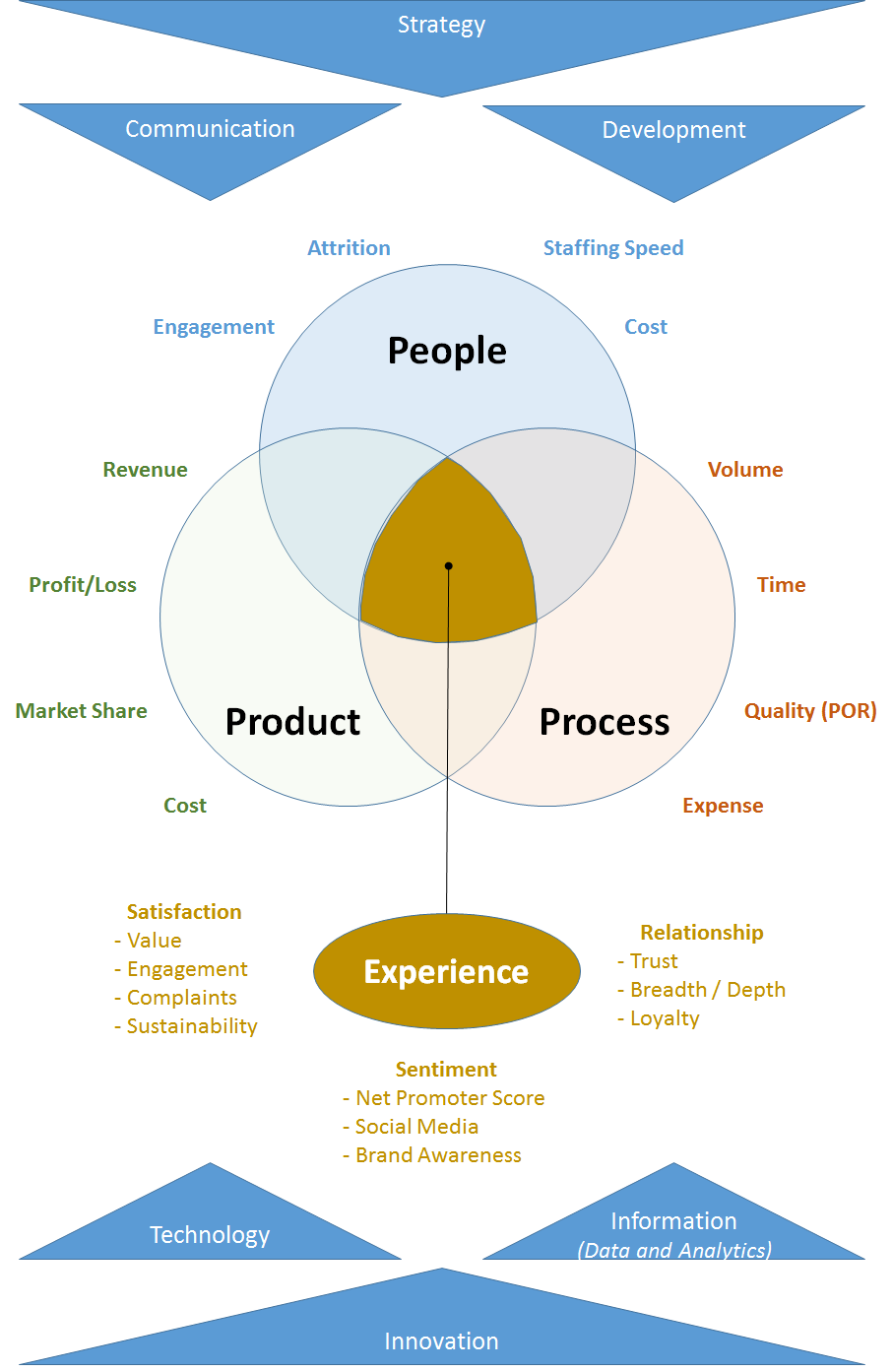Poor leaders ask you what you think about them.
Good leaders know!
Let’s face it, if you’re a good leader, you are “plugged into” your people. You know what they’re doing. You know what they’re thinking. That’s because you’re engaged with them!
In reality, bad leaders know they suck. Who wouldn’t know? No one can be that clueless! Why are they bad…so many reasons: micromanagement, absent, unengaged, poor communicator, etc.
These are the leaders that ask you for you opinion of them in 1:1s. Why, because they know they’re bad…and they know you won’t be honest, because their life will be a living H$%% of honest. Bad leaders know you will lie to their face to prevent retaliation.
And, in their sad, demented, world, this will make them feel good about themselves and confirm their veiled delusions that they’re a great leader.
How do we “flip the script?” How do we stop the madness?



